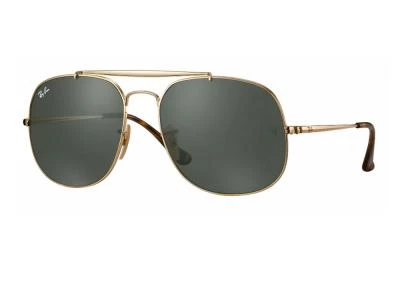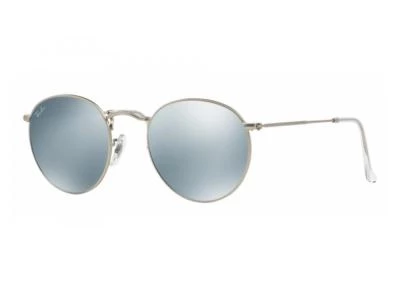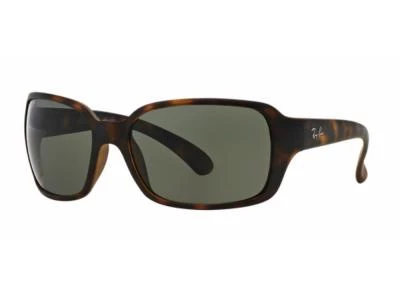Choosing a lens tint for your sunglasses is not just about style or personal preference; the lens colour can make a real difference to your view of the world.
While some colours can enhance contrast in some environments, others are better at cutting out glare while others can help relax the eyes.
Lenses for sunglasses come in all flavours too, from the iridium coating of Oakley sunglasses to the photochromatic options for Ray-Bans.
In choosing the colour of your sunglasses lenses, it's a good idea first to decide what you want the sunglasses for and where you are likely to wear them. Sports enthusiasts will find lens colour choice can make quite a difference if you are road running, mountain biking, fishing or playing golf.
The casual wearer might choose different lens colours for the beach holiday, for street wear or for driving. But take note that Tints and shades do not block, filter or reflect UV (ultraviolet) light so don't think your eyes are protected just because they are in the dark.
Sunglasses are treated with colourless UV-absorbing chemicals when they are manufactured, and the colour has nothing to do with the capacity to filter harmful UV rays.
Lenses made of clear glass can be super efficient at blocking UV light while the darkest greys can let all the UV rays right through. So make sure the sunglasses have a UV label to keep UV light at bay and change the lenses if they get worn or scratched.
Let's take a quick run through the lens colour options and see which is the best fit for your lifestyle.
Grey base lenses offer a neutral view of the world that makes for a very solid everyday lens. They perform best in medium to bright light, and the neutral tint means you get truer colour perception than with other lens colours.
The darker the tint, the better the performance as the light levels increase, so blacker lenses work better in very bright conditions.
If colour clarity matters then grey is the lens colour of choice, but you get little in the way of enhanced contrast, so they will not be much use on dull or overcast days.
Darker shades, however, are a good choice though for those with sensitive eyes.
Brown shaded lenses, which include gold, bronze and amber options, will enhance contrast, particularly in medium to bright light.
Brown lenses make an excellent choice for all-purpose sunglasses for use in everyday bright, sunny outdoor conditions as they absorb light rays from the blue end of the spectrum and help improve depth perception in the reds.
Deeper shades of brown give higher contrast in lower to medium light while bronze variations perform slightly better in brighter light and gold lenses are best for brilliant light conditions.
Red and rose-tinted lenses seem to combine the best of brown and grey when it comes to enhancing contrast in bright conditions.
Sports performance lenses will often have a red, rose or violet tint that not only reduces glare but increases depth perception in a wide range of lighting conditions.
Red-hued lenses tend to reduce dazzle, increase contrast in the blue and green regions of the spectrum and improve depth perception sharply. It is for these reasons that red is often the lens colour of choice for those engaging in winter sports like skiing.
Red and rose tints are said to be soothing to the eyes, and they are the favourite colour for computer users as they cut glare from the blue light of computer screens.
Like brown coloured lenses, green shades are a general all-purpose solution for medium to bright sunlight.
Contrast is heightened only marginally; they dim the glare at the same time as brightening up the shadows. However, green does preserve the colour, and green tinted lenses can help reduce eyestrain in bright light.
Yellow to amber tinted glasses help both to reduce glare and increase the contrast between red and the green colours, so they give better visibility on cloudy or hazy days or in misty and foggy conditions.
The more amber the lens, the more blue light is blocked, so the wearer gets brighter vision on overcast days but will find it harder to differentiate darker objects, so they are not recommended for driving.
Yellow tints can make objects appear sharper indoors, so sunglasses with yellow or amber coloured lenses can be the choice of indoor sports enthusiasts.
Blue lenses may look cool, but that is about it. Blue has little effect on glare and adds nothing to depth perception while at the same time distorting any true colours.
Blue light, with a shorter wavelength, gets scattered more readily than other colours and this tends to make objects appear less sharply defined.
If cutting back on blue light tends to improve sharpness and depth then increasing blue does the opposite. Blue tinted lenses may help you stand out from the crowd but will do little or nothing for vision in any light. Wear them for show only.



